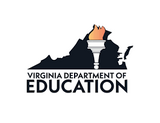
Students will collaboratively create a digital whiteboard that resembles a “detective wall” to investigate and make connections about a specific style of dance.
- Subject:
- Dance
- Material Type:
- Activity/Lab
- Author:
- VDOE Fine Arts
- Date Added:
- 05/31/2022

Students will collaboratively create a digital whiteboard that resembles a “detective wall” to investigate and make connections about a specific style of dance.
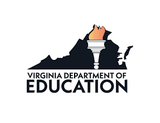
Students explore copyright and intellectual property standards as they relate to music, music technology, and digital citizenship. Students will identify and apply their knowledge of copyright law and licensure to select appropriate licenses for an original work. Students then analyze copyrighted material and understand how to obtain appropriate permission to use the material.
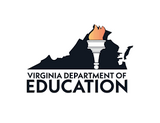
Fast forward to the year 2050. What will dance look like in the future?
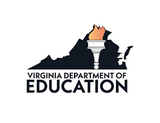
Digital Portfolio Slide Deck of Personal Artwork Series. Students can use digital presentation software to share the process and result of a series of original works of art.
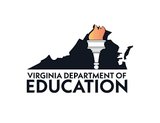
Distance Learning with Museums. Distance learning allows students to engage with museums and galleries through virtual instruction.

Virtual performances of student work allow students to present to new audiences in new ways.
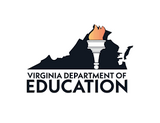
Students use appropriate technology to enrich understanding of music, musicians and composers of music literature being studied. Students can create a research product such as write program notes or create a podcast.
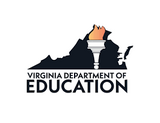
Multimedia Artist Statements. Middle School students have learned a variety of methods for communication and when given a choice of format for personal expression can demonstrate their knowledge effectively. Students can present artist statements in the form of writing, audio recording, video recording, presentation, and more, allowing students flexibility and choice in expressing what they learned and what they did in the creation of an art project.
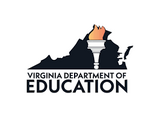
Dancers document performances and creative processes with video, photos, and reflections of learning, then create digital portfolios to store, organize, maintain, and share their work with appropriate audiences and for auditions.
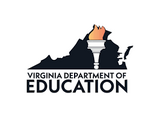
Students identify a specific advocacy message regarding music programs. Students create or remix a short video/audio clip to support that advocacy message. Examples may include “Join Music” “Come To Our Concert,” and “Why Music?”

Using a digital recording platform, create a short video or audio recording to send to a neighboring school of something students have been working on. Issue a challenge to the other school to send a video or audio recording in return. Students provide feedback to others, and practice performance and audience etiquette on a digital platform.
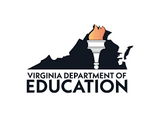
This game provides accountability and some fun when it comes to rehearsing your ensemble. Using a digital whiteboard or slidedeck, create a Battleship board game that represents each instrument group (can be applied to Band, Orchestra or Choir). Students then take turns “firing” at different sections. Teachers and students are encouraged to provide feedback to sections after each “hit” or “miss” to encourage growth and improvement.
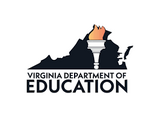
Personalize Learning with Video Demonstrations of Art Techniques. Video clips of art techniques covered in class allow students to pause, repeat, and access content on demand as needed for review, remediation, make-up work, and/or enrichment.
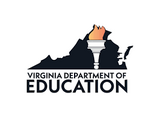
Using teacher-suggested resources, students will select music from appropriate and credible digital sources to plan a concert for a performing ensemble.
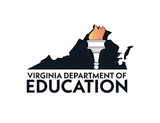
Students actively listen to a practice or performance track to practice and improve their individual part. Students are able to listen and learn the various sections of the song, and develop a deeper understanding for how their individual part fits into the larger ensemble sound. Practice and performance tracks can be stored on a students’ learning management system for student practice.
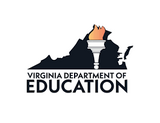
Share Art Knowledge with Short Video Commercials. Student artists can use short video “commercials” to create and share messages about topics of interest related to course content, art advocacy, to highlight student artwork, or advertise student art exhibitions.
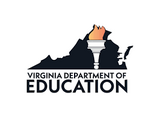
Students create a dance vlog (video blog or video log) about various dance topics either assigned by the teacher or chosen by students.
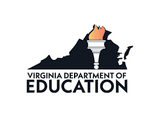
Think Critically about Art using Digital Discussions. Students develop critical thinking skills by engaging with artistic works and in describing, analyzing, interpreting, and evaluating works of self and others.
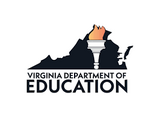
Engage with Global Arts and Cultural Connections using Interactive Digital Experiences. Interactive digital arts and cultural experiences allow students to examine and explore a variety of artistic and cultural perspectives on art, artmaking, and art exhibition. Virtual exhibitions from around the world can be explored on museum websites as virtual tours and virtual galleries.
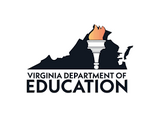
Students use video/audio recording software to review and critique the performance and practice of their peers. Students provide feedback to one another, building community while demonstrating an understanding of music performance, technique, terminology, and technology.